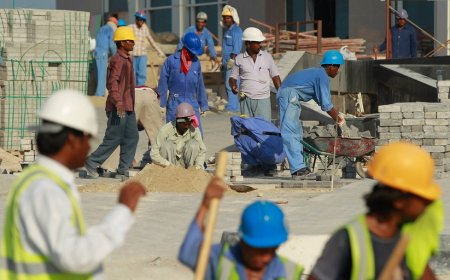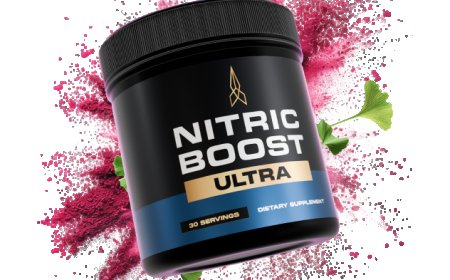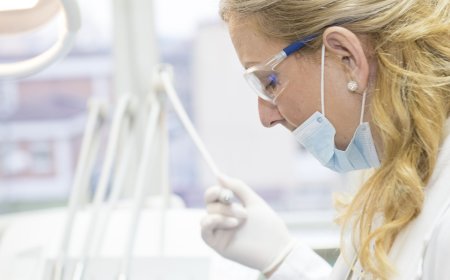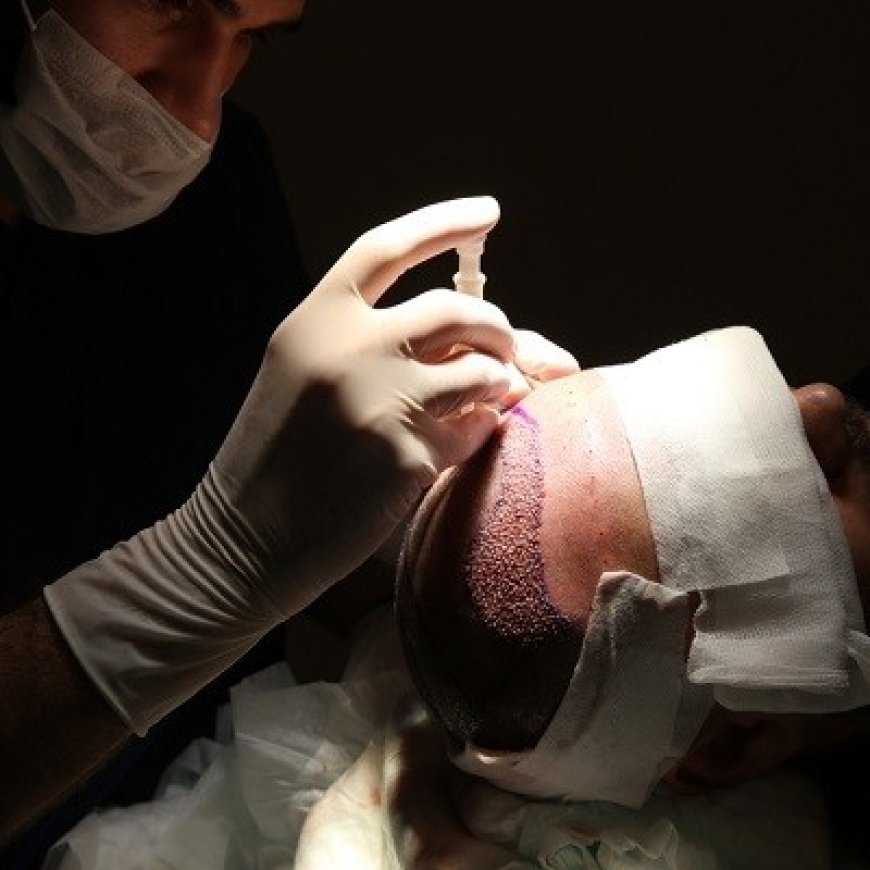Does PRP Help After a Hair Transplant? Enhancing Results
Hair transplant in Islamabad is an intricate medical procedure in recreating hair in areas of the scalp that are thinned or completely bald.
A hair transplant in Islamabad can be a life-changing procedure for those suffering from hair loss. It restores a natural hairline, adds volume, and boosts self-confidence. However, like any surgical procedure, the success of a hair transplant depends on several factors, including the patient’s overall health, the skill of the surgeon, and proper aftercare. Platelet-Rich Plasma (PRP) therapy has emerged as a popular and effective treatment that many individuals consider after undergoing a hair transplant. But the question remains: Does PRp help after a hair transplant?
In this blog, we will explore the role of PRP in supporting hair transplants, its potential benefits, and how it can aid in achieving the best possible results after the procedure.
1. What is PRP (Platelet-Rich Plasma) Therapy?
PRP therapy is a medical treatment that involves using a patient’s own blood to promote healing and stimulate hair growth. The procedure begins with a blood draw from the patient, which is then processed in a centrifuge to separate the plasma, platelets, and red blood cells. The platelet-rich plasma is the part that contains high levels of growth factors, which are proteins that play a key role in tissue repair and regeneration.
Once the PRP is isolated, it is injected into the scalp, typically in areas affected by thinning or hair loss. These growth factors are thought to stimulate the hair follicles, promote circulation, and encourage hair growth by increasing the supply of nutrients to the scalp.
2. How PRP Benefits Hair Transplants
After a hair transplant, patients are eager to see the final results of the procedure. However, the process of hair growth takes time and care. While a hair transplant provides the foundational hair follicles, the use of PRP can be beneficial in enhancing the overall healing process and accelerating hair growth. Here’s how PRP can help after a hair transplant:
1. Accelerates Healing and Recovery
The first few weeks after a hair transplant are crucial for the healing process. During this time, the transplanted follicles are settling into their new location, and the scalp is healing from the surgery. PRP can promote faster healing by improving blood circulation and increasing the delivery of essential nutrients to the transplanted follicles.
The growth factors in PRP stimulate tissue repair and help reduce inflammation, which can speed up recovery. This means less downtime for patients and a quicker return to normal activities. Additionally, PRP therapy helps reduce swelling and bruising in the transplant area, improving the overall post-surgical experience.
2. Promotes Hair Growth
One of the primary benefits of PRP therapy is its ability to stimulate hair growth. After a hair transplant, the transplanted follicles may initially experience a phase of shedding (known as shock loss), which is a normal part of the hair growth cycle. PRP helps minimize shock loss and promotes the regrowth of healthy, strong hair.
PRP works by stimulating the hair follicles into the anagen (growth) phase of the hair cycle. The growth factors in PRP increase the activity of the hair follicles, encouraging them to produce thicker, healthier hair. Research has shown that PRP therapy can increase hair density, promote the regeneration of weak hair follicles, and improve overall hair texture.
3. Strengthens Transplanted Hair Follicles
PRP not only stimulates hair growth but also strengthens existing hair follicles, making them more resilient to the factors that cause hair thinning and loss. For patients undergoing a hair transplant, PRP helps ensure that the transplanted follicles remain strong and durable over time. The treatment can help protect the newly transplanted hair follicles from future hair loss and reduce the risk of miniaturization, which is the gradual shrinking of hair follicles that leads to thinning.
4. Enhances the Overall Outcome of the Hair Transplant
While a hair transplant provides a permanent solution to hair loss, combining it with PRP therapy can enhance the final results. PRP helps to ensure that the transplanted follicles take root effectively and grow optimally, improving the density, thickness, and overall appearance of the new hair. By using PRP, patients can maximize the results of their hair transplant, achieving a fuller and more natural-looking head of hair.
3. When Should PRP Be Used After a Hair Transplant?
PRP therapy is typically administered after the initial recovery phase of the hair transplant. The first few weeks after the surgery are focused on allowing the newly transplanted hair follicles to settle and heal. Once the healing process has begun, PRP can be used as an adjunct treatment to further promote growth and strengthen the transplanted hair.
The exact timing for PRP treatments will vary depending on the surgeon’s recommendations. Generally, PRP treatments are started around 4-6 weeks post-transplant. Most patients will undergo a series of PRP sessions, with the frequency decreasing over time. Common protocols involve receiving 3-4 PRP sessions in the first few months, followed by maintenance treatments every few months for ongoing support of hair growth.
4. What to Expect During PRP Treatment After a Hair Transplant
PRP therapy is a relatively simple and minimally invasive procedure. The process typically involves the following steps:
- Blood Draw: A small amount of blood is drawn from your arm, typically around 10-20 ml.
- Centrifugation: The blood is processed in a centrifuge to separate the platelets and plasma from the red blood cells.
- Injection: The platelet-rich plasma is then injected into the scalp in the areas where the hair has been transplanted. The injections are typically done using a fine needle, and the procedure is generally well-tolerated by most patients.
The entire PRP procedure usually takes about 30-60 minutes, and patients can return to their normal activities immediately after the treatment.
5. Are There Any Risks or Side Effects?
PRP therapy is considered safe, as it uses the patient’s own blood, reducing the risk of allergic reactions or infection. However, as with any medical treatment, there may be some minor side effects, including:
- Mild swelling or redness at the injection site
- Minor discomfort during or after the procedure
- Bruising (which is rare)
These side effects are typically temporary and should resolve within a few days.
Since PRP therapy is non-surgical and minimally invasive, the risk of complications is minimal. It’s important, however, to choose an experienced practitioner who understands the intricacies of both PRP therapy and hair transplants to ensure the best results.
6. Conclusion
PRP therapy can play a vital role in enhancing the results of a hair transplant. By accelerating the healing process, promoting hair growth, strengthening transplanted follicles, and improving the overall outcome, PRP serves as an effective complementary treatment to hair restoration. For patients looking to maximize the effectiveness of their hair transplant and ensure long-term success, adding PRP therapy to their post-surgery regimen is a worthwhile consideration.
For more information visit Dynamic clinic in Islamabad.
What's Your Reaction?


























